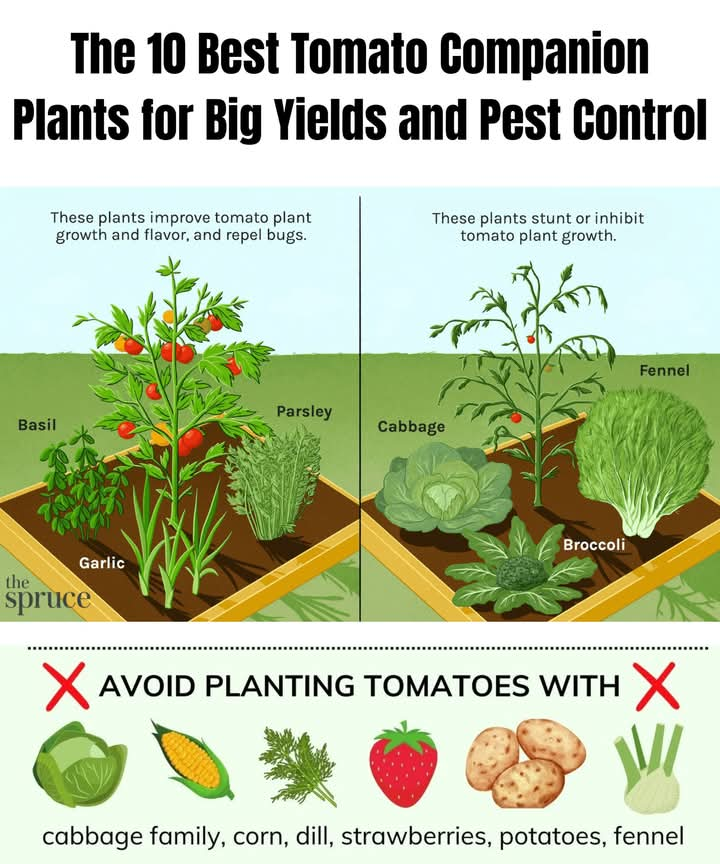RABBIT FARMING: THE SILENT GOLDMINE IN YOUR BACKYARD
RABBIT FARMING: THE SILENT GOLDMINE IN YOUR BACKYARD!
Turn a small space into a big income source with rabbit farming today!
Have you ever dreamed of running a low-cost, high-profit agribusiness? One that doesn’t need acres of land or heavy investment — yet offers you consistent income, fast returns, and growing demand? Rabbit farming is your answer!
At Nzambani Agrifarms, we’re on a mission to help farmers unlock the potential of innovative livestock ventures — and rabbit farming is one of the most underrated yet profitable businesses you can start right now.
WHY RABBIT FARMING IS A GAME-CHANGER
– Minimal space required — even a backyard can start you off
– High reproduction rate — one doe can give birth 6–10 kits every 30 days
– Quick maturity — rabbits are ready for market in 3–4 months
– Healthy, lean meat — high in protein, low in fat, ideal for health-conscious consumers
– Multiple income sources — meat, manure, fur, breeding stock, and even rabbit urine for fertilizer
– Low cost of feed — they thrive on grass, kitchen waste, and formulated pellets
STEP 1: CHOOSING THE RIGHT BREED
To succeed in rabbit farming, select the right breeds for your market:
– New Zealand White: Great for meat production
– California White: Popular for commercial farming
– Flemish Giant: Large size, fast growth
– Chinchilla and Dutch: Ideal for small-scale beginners
Tip: Always source from reputable breeders with a history of healthy stock.
STEP 2: IDEAL HOUSING AND HYGIENE
Proper housing keeps your rabbits healthy, reduces disease, and improves productivity.
– Construct well-ventilated hutches with wire mesh and wood
– Place hutches in shaded, cool areas, away from wind and direct rain
– Elevate cages to keep off predators and improve hygiene
– Ensure daily cleaning of cages to prevent infections
Pro Tip: Group your rabbits by age and sex to reduce fighting and allow easier monitoring.
STEP 3: FEEDING AND NUTRITION
Good nutrition equals faster growth and better health.
– Main feeds: Hay (especially lucerne/alfalfa), grass, vegetable trimmings
– Supplement with rabbit pellets, grains (like maize or sorghum), and root vegetables
– Provide clean, fresh water at all times — hydration is crucial
– Introduce mineral licks or salt blocks for added nutrition
– Feed twice a day: morning and evening
Important: Avoid overfeeding sugary vegetables like carrots and fruits — they can cause bloating.
STEP 4: BREEDING AND REPRODUCTION
Rabbits reproduce like… well, rabbits!
– A female (doe) is ready to mate at 4–5 months, male (buck) at 6 months
– Use a 1 buck to 5–10 does ratio
– Gestation is only 28–32 days
– A healthy doe gives birth to 6–10 kits per litter
– Kits should be weaned at 4–5 weeks
Pro Tip: Keep breeding records to track productivity and manage your stock efficiently.
STEP 5: COMMON DISEASES AND MANAGEMENT
While rabbits are hardy, cleanliness is critical.
Watch out for:
– Coccidiosis: Causes diarrhea – prevent with hygiene and deworming
– Snuffles: Respiratory issue caused by poor ventilation
– Mange: Skin disease – treat with acaricides
– Overgrown teeth: Provide gnawing materials like sticks
Preventive Care:
– Clean hutches daily
– Disinfect feeders and drinkers regularly
– Deworm monthly and vaccinate as advised by a vet
STEP 6: HARVESTING, MARKETING & PROFITS
Rabbits mature for meat within 3–4 months, weighing up to 2.5kg or more.
Ways to earn:
– Meat sales: Sell to households, restaurants, hotels, or butcheries
– Breeding stock: Sell to new farmers
– Manure: Rich in nitrogen, can be packaged for sale
– Rabbit urine: Highly demanded organic foliar fertilizer
– Fur: Potential for crafts, fashion, or cushion filling
Marketing Tip: Brand your farm, package meat cleanly, and use social media or agri groups to find buyers.
RABBIT FARMING IS FOR EVERYONE!
Whether you’re a youth, woman, retiree, or full-time farmer, rabbit farming fits your schedule and space. You can start small and scale big — all you need is the right knowledge.




